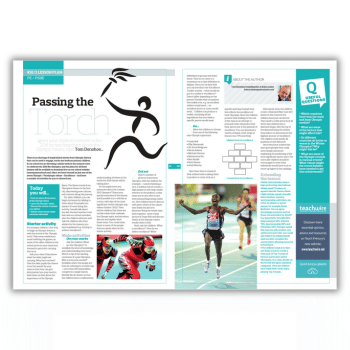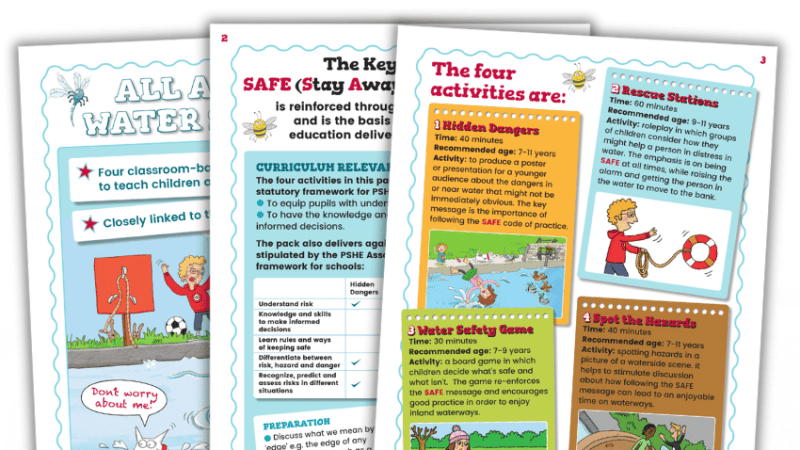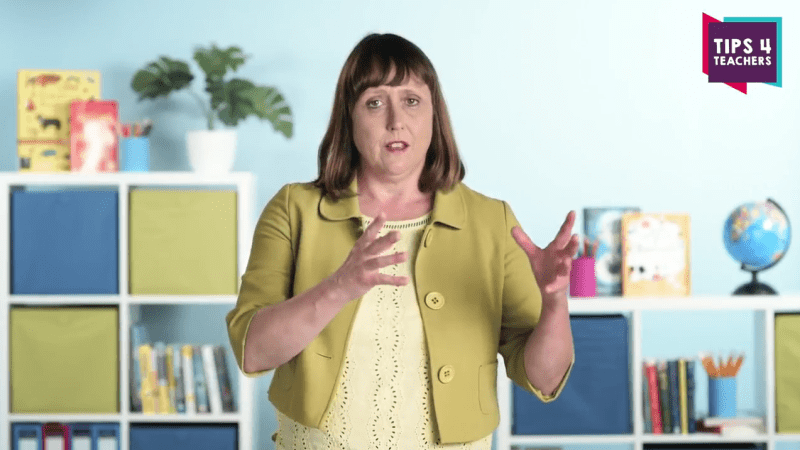Why Are We Doing This? How Heads Can Trim The Fat Off Workload And Take The Pressure Off Staff

We all know workload is an issue, we know its major causes, so why is it still weighing teachers down?

- by Mary Myatt

What’s the difference between ‘lesson planning’ and ‘lesson plans’? This is an essential conversation for leaders to have with colleagues. Planning is one of the three main areas causing excess workload, as identified by the profession, unions and the DfE. Of course, it’s fundamental when it comes to providing structure for pupils’ learning, but is it all absolutely necessary?
Workload can be significantly reduced if teachers are given time to plan together on a scheme. These plans should identify the ‘what’ and the ‘why’ of the content to be taught, starting with an overarching question: “What ideas are there for opening up the content and what will be taught over the medium-term?”.
This is your big picture, the roadmap for your curriculum. It shows the starting point, and the destination, but it provides a number of routes to get there. Coming up with a good-quality scheme of work also allows for individual teachers’ autonomy in the delivery of the scheme lesson by lesson.
The DfE’s workload review group on planning and resources is clear on this too. It identified planning a sequence of lessons as more important than writing individual lesson plans. Leaders should support this by not asking for detailed daily lesson plans (if that is current practice).
The only exception is when senior leaders are coaching a colleague, where precise planning might be needed to improve practice. But in this case plans should be prepared jointly as part of the larger scheme of work.
What do daily lesson plans tell senior leaders that they don’t already know? If they have an overview of the longer-term plans, and have even had some input into them, do they really need a detailed plan to tell them what’s being learnt?
Wouldn’t it be better for leaders to go in to the actual lessons to see how things are progressing, offering support if needed and affirmation for work well done? Is that not far more effective than reading all those plans that often bear little relation to what is happening in the classroom? Ofsted doesn’t need to see lesson plans, only evidence of planning, so why should school leaders demand them?
One of the recommendations in the Independent Teacher Workload Review report is that senior leaders should consider the cost benefit of creating larger blocks of time for collaborative lesson planning, reducing time spent on plans by individual teachers.
And, as John Hattie says, ‘The most powerful way of planning is when teachers work together to develop common understandings of what is worth teaching, collaborate on understanding their beliefs of challenge and progress, and work together to evaluate the impact of their planning on student outcome’.
Number crunching
‘Leaders and teachers should challenge themselves on what data will be useful and for what purpose and then collect the minimum amount of data required to help them evaluate how they are doing.’ This is the advice from the Workload Review Group’s report on data management.
The most efficient way forward, according to the NAHT and DfE’s Commission on Assessment Without Levels, is for schools to identify the key ideas and concepts taught, and whether or not pupils have understood and grasped them. Put simply, we need to use key performance indicators.
The vital word here is ‘key’: not every aspect of what is being taught, but the big concepts and ideas only. It’s not possible to evidence everything, and schools shouldn’t be seduced into thinking otherwise.
Leaders should keep in mind that the most robust evidence of progress and attainment is what pupils produce, and what they say about what they’ve learnt. This is why their work – written pieces as well as how they verbally articulate their learning – provides the best insights into how well they are doing.
Leaders need remember that data or information is merely a symbol for what pupils know, understand and can do. So, the key question is, ‘Is the work done by children broadly at age-related expectations?’. And if it isn’t, how are leaders and teachers using this information to close the gaps in learning?
Some places, like The Wroxham School, keep their tracking to a minimum. Instead, they have regular, high-quality conversations with pupils and parents about what they are doing well and where they need to develop. Pupils identify key pieces of work that show their capabilities to be shared with parents and any other relevant parties.
However you deal with data management, it helps everyone if there is a timetable for data or information collection, together with a rationale for its frequency. This way, everyone involved in its input and analysis are clear about what is expected of them and why.
Tick-box exercise
And finally, to marking – ‘A vital element of teaching’ says the Marking Policy Review Group. Agreed. But it also states, ‘when ineffective, it can be demoralising and a waste of time for teachers and pupils alike’.
The critical thing for leaders, therefore, is to make sure marking is effective. How? What are the key principles to consider? First, that quality always trumps quantity. There is no link between the quantity of marking and pupils’ progress. At its worst, teachers write extensive comments on children’s work and children do nothing with the feedback provided. This is completely and utterly pointless.
Feedback, however, is information and advice, whether verbal or written, which improves a child’s learning. Leaders need to discuss with colleagues the purpose of high-quality verbal feedback, and together explore how powerful it can be. Then, they need to agree what high-quality, purposeful written feedback looks like.
In-depth feedback might only be needed at the end of a series of lessons, because most of the feedback will have been verbal and given over the course of those lessons that led up to a final piece of work. And above all, everyone needs to consider the main audience for the feedback. It is for the child, not adults.
As a result, there should be no more cries of, ‘Should I be marking every piece of work?’. Why on earth would you when most of it is redundant?
A school leader’s role is to have big conversations around a few simple questions. If we are going to mark, who is it for? How much of this should be done during the lesson? What would it look like if we limited marking to just a few pieces of work? What would happen if we didn’t mark at all?
PRESSURE POINTS
Five key ways to improve teacher workload in your school
1. Ask, ‘What would happen if we didn’t do this?’
2. Encourage more talk as a way of giving feedback
3. Make sure that feedback policies are focused on impact, not quantity
4. Create time for colleagues to plan together
5. Once a week, encourage colleagues to go home at the end of the school day
Mary Myatt advises, writes and trains. She supports schools to think imaginatively about learners’ progress and blogs at marymyatt.com.
Mary is one of many experts who have contributed to Managing Teacher Workload: A Whole-School Approach to Finding the Balance (John Catt, 2016), which discusses real, practical ways to solve the biggest problem in the profession.











